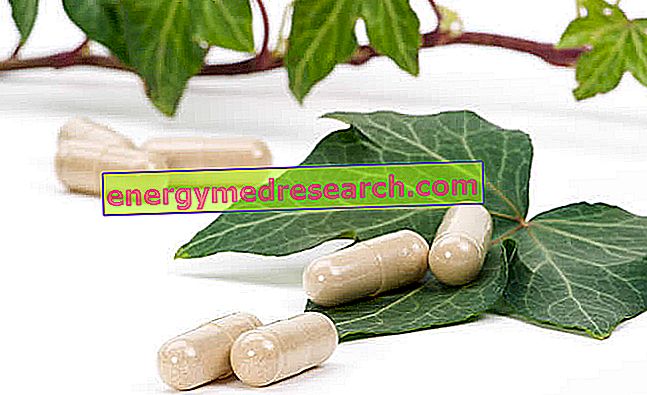Definition
Pityriasis alba is a skin dyschromia that mainly affects children and young adults.
To date, we do not know the exact causes. However, it has been noted that this condition generally develops on very dry skin (xerotica) and can occur in the context of atopic dermatitis or psoriasis; these associations suggest an inflammatory reaction as a predisposing factor.
In pityriasis alba, melanin is normally produced, but the rapid flaking of the keratinocytes that contain it prematurely removes the pigment from the skin.
Most common symptoms and signs *
- bacteriuria
- Skin discoloration
- Dry skin
- Scales on the skin
Further indications
The pityriasis alba appears with the appearance of white and roundish, not painful and not itchy skin spots. The central surface is finely desquamating, while the margins are shaded. These areas of hypomelanosis are more or less extensive, but isolated from each other.
The lesions are located mainly on the face and arms; only in rare cases, the patches appear on the trunk. Pityriasis alba is most evident during the summer months, as exposure to sunlight makes the spots very clear, therefore more evident than the surrounding healthy and tanned skin.
Dermatological examination is necessary to distinguish pityriasis alba from other causes of skin dyschromia, such as vitiligo and pityriasis versicolor.
Pityriasis alba is a self-limiting and generally reversible disease with available treatments. These may include maintaining well-hydrated skin by applying specific creams and adopting a suitable protective screen in the sun. To limit the appearance of dyschromias, mild corticosteroids can also be used (for very short periods).



